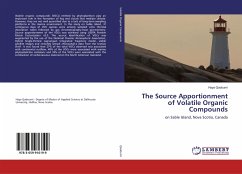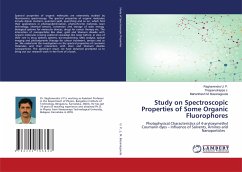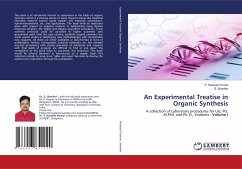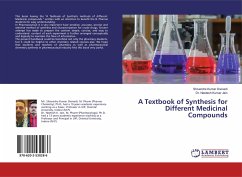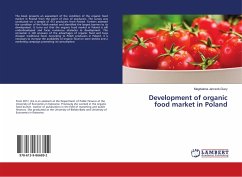Volatile organic compounds (VOCs) emitted by phytoplankton play an important role in the formation of fog and clouds that mediate climate. However, they are not well quantified due to a lack of long-term sampling platforms in the marine environment. In this study on Sable Island, 31 contiguous days of VOC species were actively sampled onto thermal desorption tubes followed by gas chromatography-mass spectrometry. Source apportionment of the VOCs was achieved using USEPA Positive Matrix Factorization v5.0. The source identification of VOCs was augmented by the use of the National Oceanic Atmospheric Association, Hybrid Single-Particle Lagrangian Integrated Trajectory model, visible satellite images and remotely sensed chlorophyll-a data from the Scotian Shelf. It was found that 27% of the total VOCs observed was associated with continental outflow, 40% of the VOCs were associated with marine phytoplankton emissions and 33% of the VOCs were associated with the combustion of carbonaceous material on the North American mainland.

